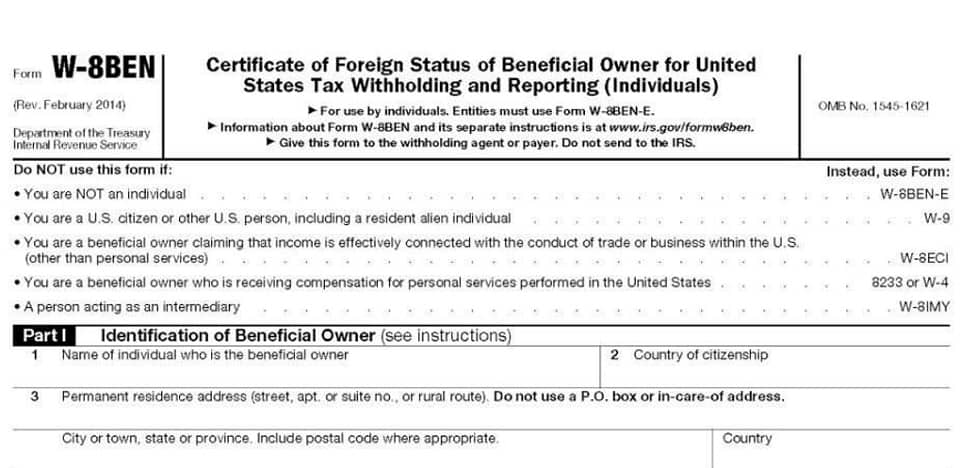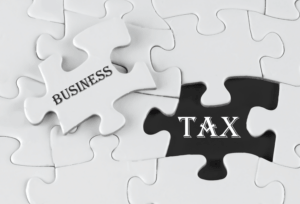
The after-tax cost of debt is a firm’s interest expense, minus the related reduction in income taxes caused by the tax deductibility of the interest expense. It is useful to understand your after-tax cost of debt, since (depending on the government) the interest expense on your debt can be tax-deductible. Depending on your tax rate, the deductibility of interest expense can effectively drive down your net interest expense by a substantial amount. When this is the case, it can make sense to take on a larger amount of debt to fund business activities, since it is so cheap to do so.
The Best Hard Money Lenders and How To Get a Hard Money Loan
Businesses that don’t pay attention to cost of debt often find themselves mired in loan payments they can’t afford. Know what the true cost of borrowing money is before you take out a loan and compare products and rates to get the best deal possible. If you’re just focusing on your loan’s monthly payment and not diving in deeper to analyze the true cost you’re paying, you might be spending more than necessary on your debt financing. With debt capital, quantifying risk is fairly straightforward because the market provides us with readily observable interest rates.

Cost of Debt Formula: What It Means and How To Calculate It
The most difficult part of calculating WACC is determining a business’s equity costs. Due to some variables, including the stock market, this part is generally the estimate in the WACC calculation. That’s why the after-tax cost of debt is so critical to balancing WACC calculations. The weighted average cost of capital (WACC) is a calculation of how much a company should pay to finance the operation. The after-tax cost of debt is the interest paid on debt less any income tax savings due to deductible interest expenses.
How the Bench App Helps You Assess the Health of Your Business
The after-tax cost of debt is an important financial metric for evaluating the financing cost of the business. It provides strong insights to assess financial leverage and interest rate risk for investing in the specific business as a lender. From a business perspective, tax-deductibility on payment of interest is considered an attractive feature as it positively impacts the net profit by reducing the taxable base. The effective interest rate is the weighted average interest rate we just calculated.
Understanding Cost of Debt
The payment of the interest is an allowable business expense and reduces overall tax expense for the business. For the next section of our modeling exercise, we’ll calculate the cost of debt but in a more visually illustrative format. As a preface for our modeling exercise, we’ll be calculating the cost of debt in Excel using two distinct approaches, but with identical model assumptions.
The loans and debt you take on to get that cash come with interest rates. If you don’t keep track of your cost of debt, those expenses can get out of control. You’ll be blind to the true cost of your financing, and you might take out another loan you can’t afford. Susan Guillory is an intuitive business coach and content magic maker. She’s written several business books and has been published on sites including Forbes, AllBusiness, and SoFi. She writes about business and personal credit, financial strategies, loans, and credit cards.
- From the borrower’s (company’s) perspective, the cost of debt is how much it has to pay the lender to get the debt.
- Capital structure deals with how a firm finances its overall operations and growth through different sources of funds, which may include debt such as bonds or loans, among other types.
- It considers multiple variables though, so it’s not necessarily an accurate depiction of a firm’s total costs.
Our mission is to provide useful online tools to evaluate investment and compare different saving strategies. With Stripe plus the Bench app, you can keep track of more than just payments. We can add these two figures together to get the total annual interest, which is $19250.
With debt equity, a company takes out financing, which could be small business loans, merchant cash advances, invoice financing, or any other type of financing. The loan is repaid, along with an interest expense, over months or years. The term debt equity could be confusing, but it’s basically referring to a loan. The gross https://www.bookkeeping-reviews.com/ or pre-tax cost of debt equals yield to maturity of the debt. When the debt is not marketable, pre-tax cost of debt can be determined with comparison with yield on other debts with same credit quality. From the borrower’s (company’s) perspective, the cost of debt is how much it has to pay the lender to get the debt.
The weighted average cost of capital (WACC) is a calculation of a firm’s cost of capital in which each category of capital is proportionately weighted. All sources of capital, including common stock, preferred stock, bonds, and any other long-term debt, are included in a WACC calculation. The company’s marginal tax rate is not used, rather, the company’s state and the federal tax rate are added together to ascertain its effective tax rate.
This tax break lowers the amount of interest debtholders pay, which lowers their cost of debt. To see if your tax savings will cover your interest expenses, you’ll use a different formula to calculate your cost of debt after taxes. You may hear the term APR and think it’s xero accounting software review 2021 the same thing as cost of debt, but it’s not quite. APR—or, annual percentage rate—refers to how much a loan or business credit cards will cost a debt holder over one year. Let’s go back to that 6.5% we calculated as our weighted average interest rate for all loans.
The weighted average cost of capital (WACC) is one of the key inputs in discounted cash flow (DCF) analysisand is frequently the topic of technical investment banking interviews. The WACC is the rate at which a company’s future cash flows need to be discounted to arrive at a present value for the business. To calculate the after-tax cost of debt, subtract a company’s effective tax rate from https://www.bookkeeping-reviews.com/understanding-cost-performance-index-cpi-earned/ 1, and multiply the difference by its cost of debt. Debt and equity capital both provide businesses with the money they need to maintain their day-to-day operations. Equity capital tends to be more expensive for companies and does not have a favorable tax treatment. Too much debt financing, however, can lead to creditworthiness issues and increase the risk of default or bankruptcy.

This makes a significant difference in a company’s total cost of capital. A business needs to balance the use of debt and equity to keep the average cost of capital at its minimum. The rate of corporate tax that companies pay in the U.S. plays a major part in determining WACC because as tax rates go up, the WACC falls.
The “effective annual yield” (EAY) could also be used (and could be argued to be more accurate), but the difference tends to be marginal and is very unlikely to have a material impact on the analysis. The YTM refers to the internal rate of return (IRR) of a bond, which is a more accurate approximation of the current, updated interest rate if the company tried to raise debt as of today. However, when this concept is applied in real-life, where tax needs to be accounted for, the after-tax cost of debt is more commonly used. The main reason for this is because the interest paid on debt is often tax-deductible. After reading this article, you will understand what is the after-tax cost of debt and how to calculate the after-tax cost of debt. You will also understand how to apply the after-tax cost of debt formula to real-life situations.
The after-tax perspective is vital as it reflects the actual cost burden to the company after considering tax savings from interest expenses. Like any other cost, if the cost of debt is greater than the extra revenues it brings in, it’s a bad investment. Federal Reserve, 43% of small businesses will seek external funding for their business at some point—most often some kind of debt. Knowing the after-tax cost of the debt you’re taking on is crucial when trying to stay profitable. In addition to this, this metric is an essential input in forming debt policy and deciding which source of income should be opted to fulfill business needs of finance. It’s based on the same concept of controlling the cost and increasing profitability.







